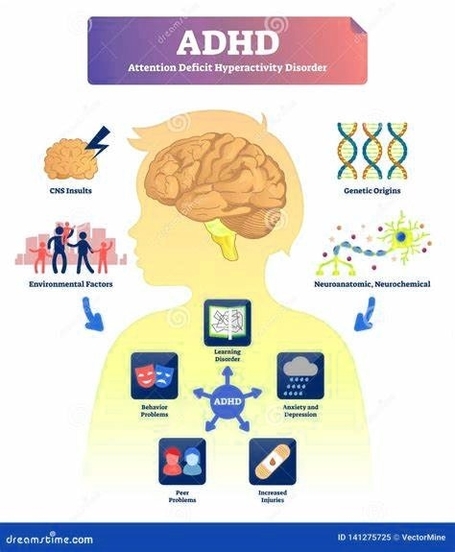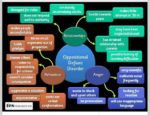Understanding ADHD Mind Scheme
ADHD, or Attention Deficit Hyperactivity Disorder, is a neurodevelopmental disorder that affects both children and adults. It is characterized by persistent patterns of inattention, hyperactivity, and impulsivity that interfere with functioning or development. The ADHD mind scheme refers to the unique way individuals with ADHD process information and interact with the world. Here are some key aspects:
1. Different Motivation: Individuals with ADHD are not motivated by importance, rewards, and consequences as neurotypicals are. They operate with a high-octane, interest-based nervous system. They are intrinsically motivated and not overly responsive to external factors such as time sensitivity or rewards.
2. Interest-Based Nervous System: People with ADHD run on a high-octane, interest-based nervous system. They become extremely motivated when genuinely interested in something, often leading to a state of hyperfocus.
3. Hyperactivity: Hyperactivity in ADHD is an outward expression of the hyperarousal on the inside. It is often present in individuals with ADHD, even those without the “H” (Hyperactivity) in their diagnosis.
4. Intense Emotionality: The intense emotionality that can accompany ADHD is often misdiagnosed as a mood disorder.
5. Non-Linear World Perception: Individuals with ADHD live in a permanent present and have a hard time learning from the past or looking into the future to see the consequences of their actions.
6. Troubles with Ordination: People with ADHD aren’t good at planning and doing parts of a task in order. They often jump into the middle of a task and work in all directions at once.
7. Sensory Overwhelm: Many people with ADHD can’t screen out sensory input, which can lead to feeling overwhelmed.
8. Crisis Management: Sometimes, an individual with ADHD can hit the do-or-die deadline and produce lots of work in a short time.
Understanding the ADHD mind scheme can help in developing strategies and tools that work in harmony with the unique wiring of the ADHD brain, rather than fighting against it. For instance, mind-mapping can be a useful tool for students with ADHD to take notes, organize ideas, structure papers, complete homework, and study for exams.
In conclusion, the ADHD mind scheme is a unique way of processing and interacting with the world. It’s not a deficit but a different way of thinking and behaving. Understanding this can lead to more effective strategies for managing ADHD and harnessing its potential.



